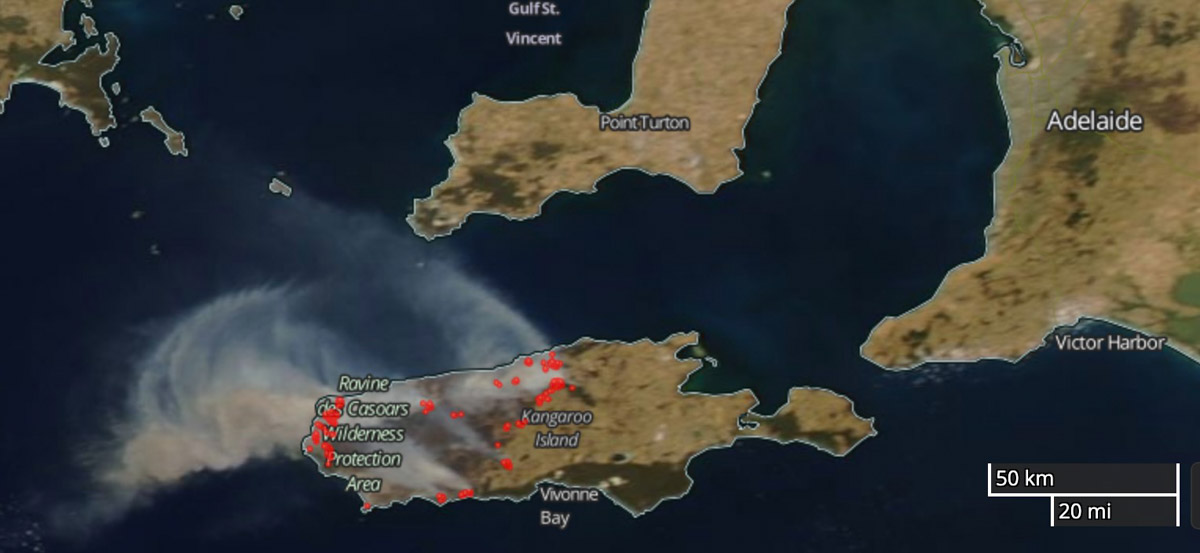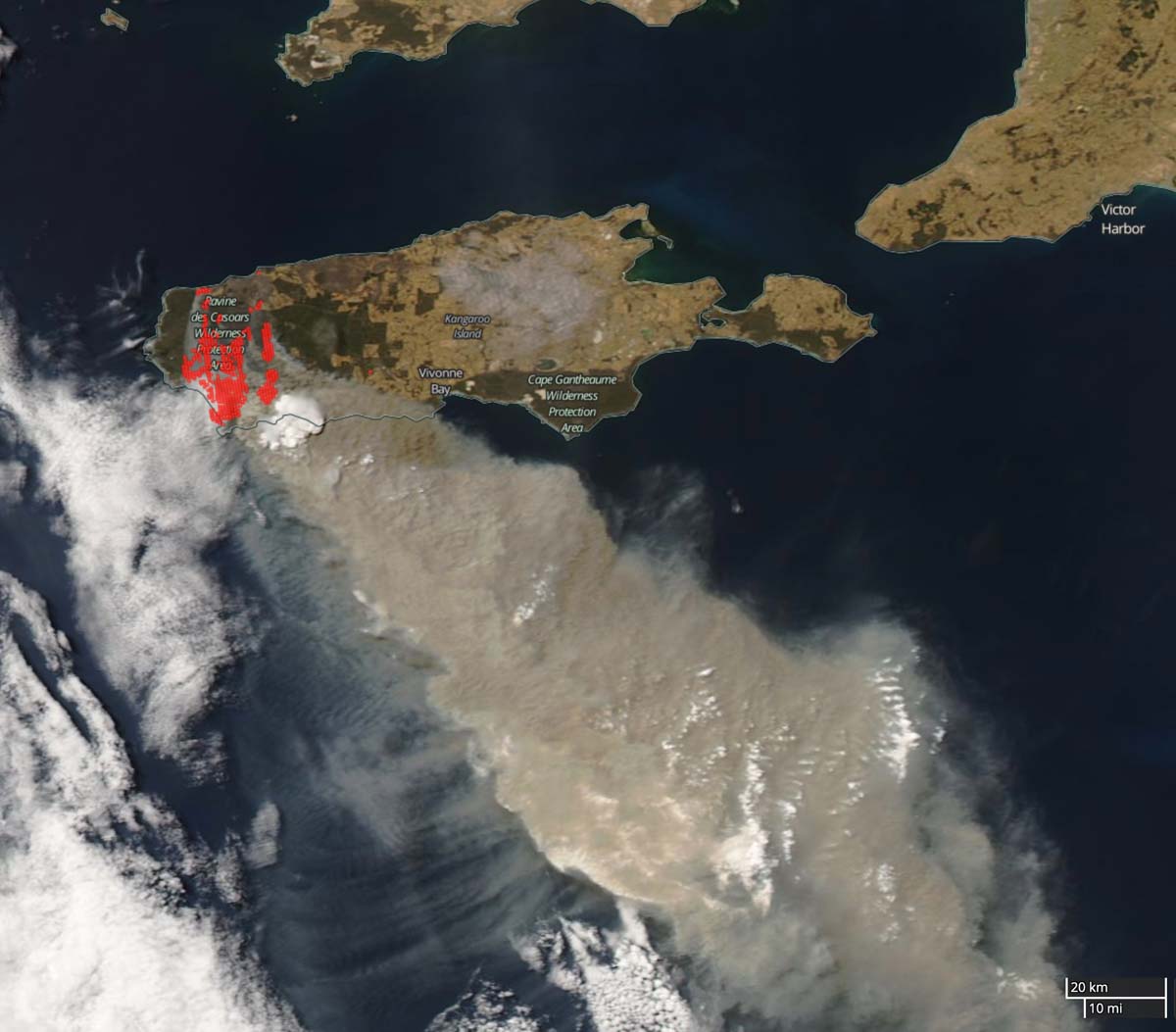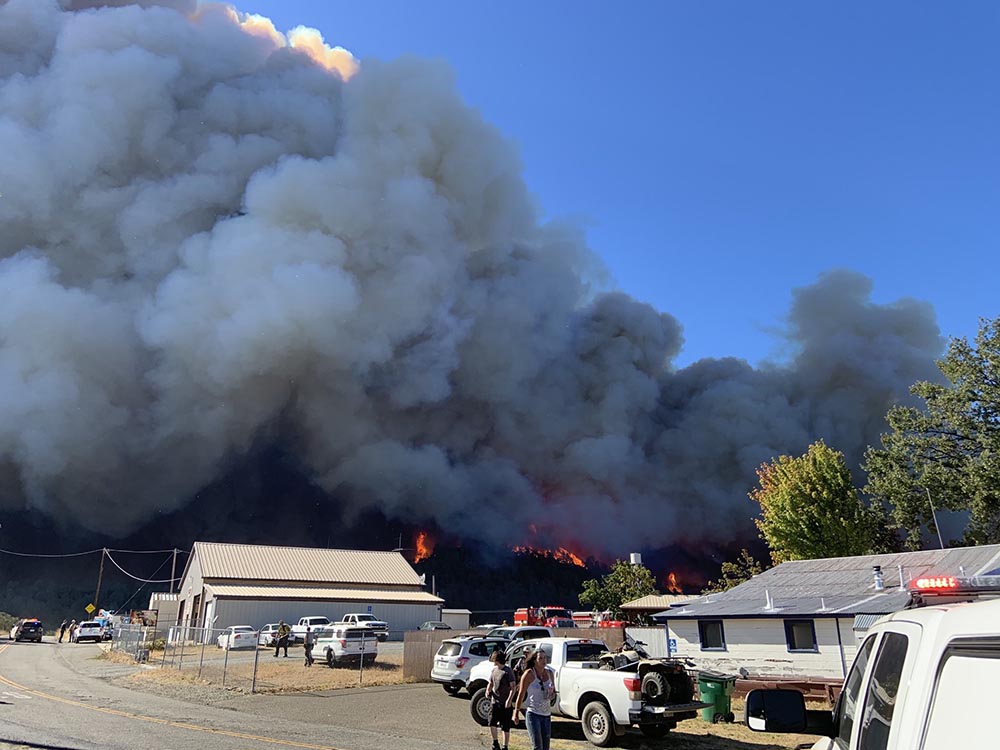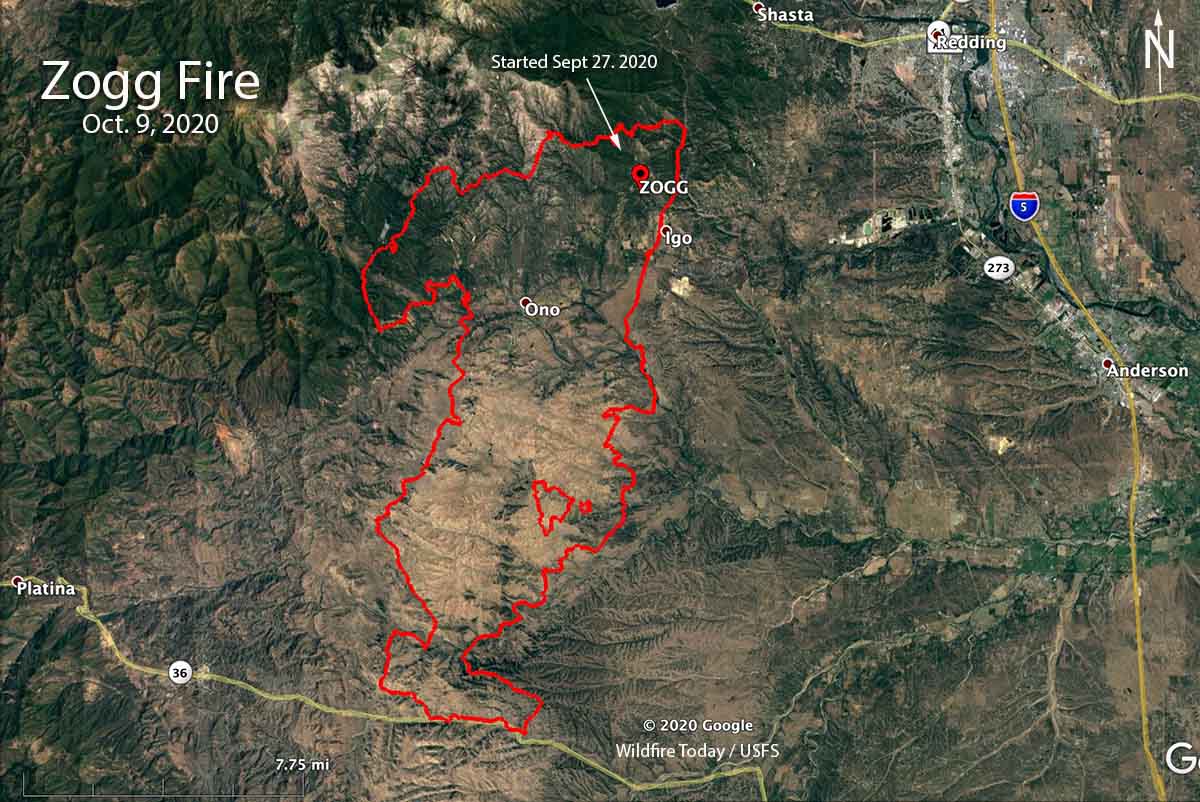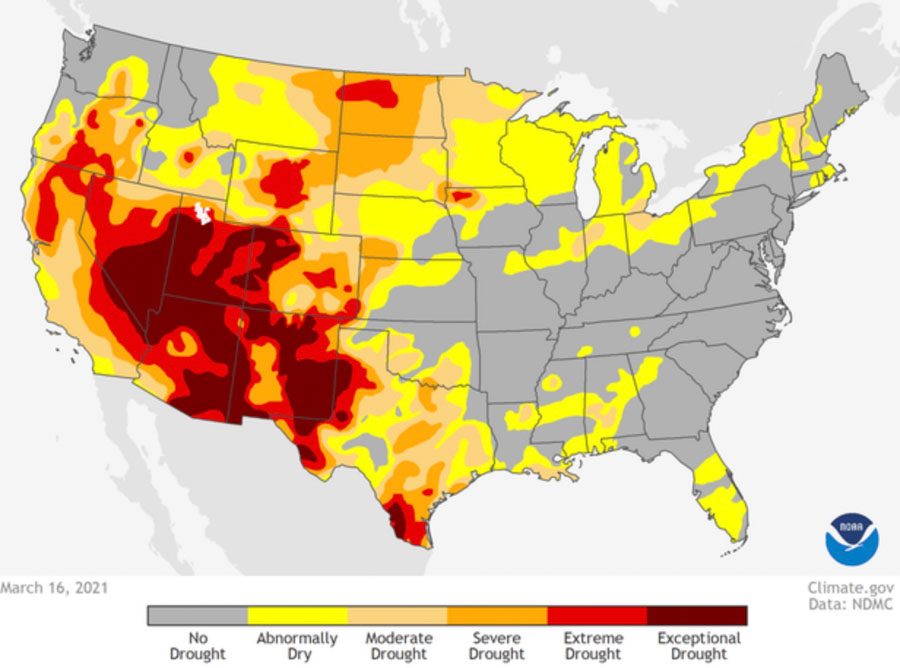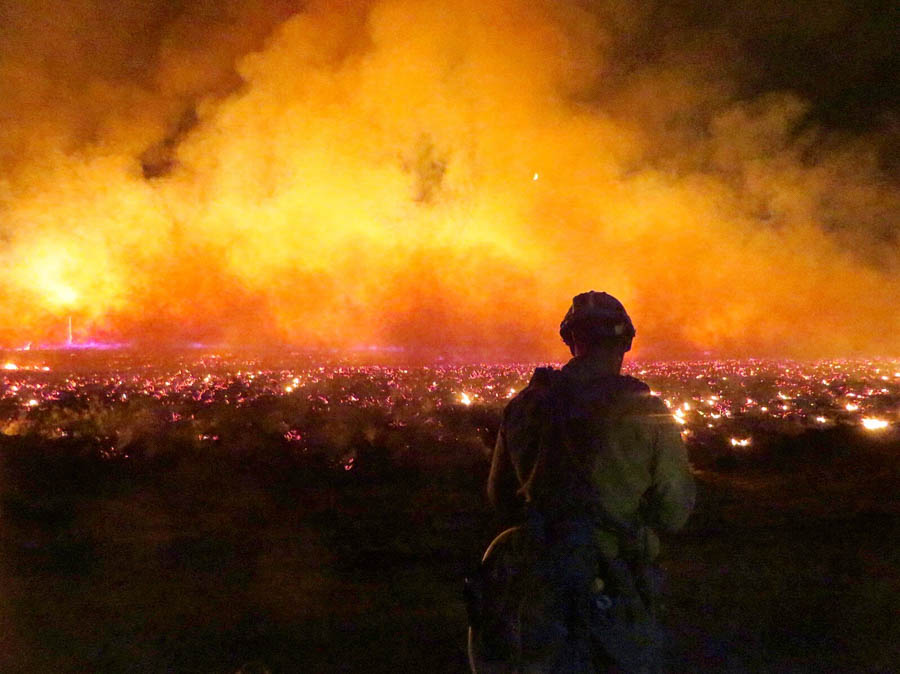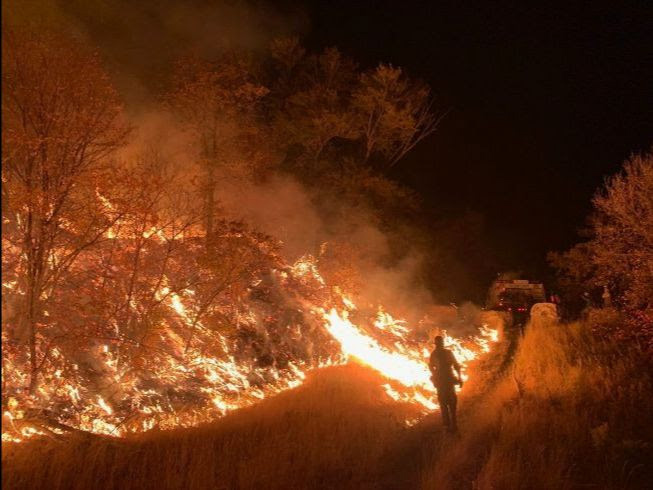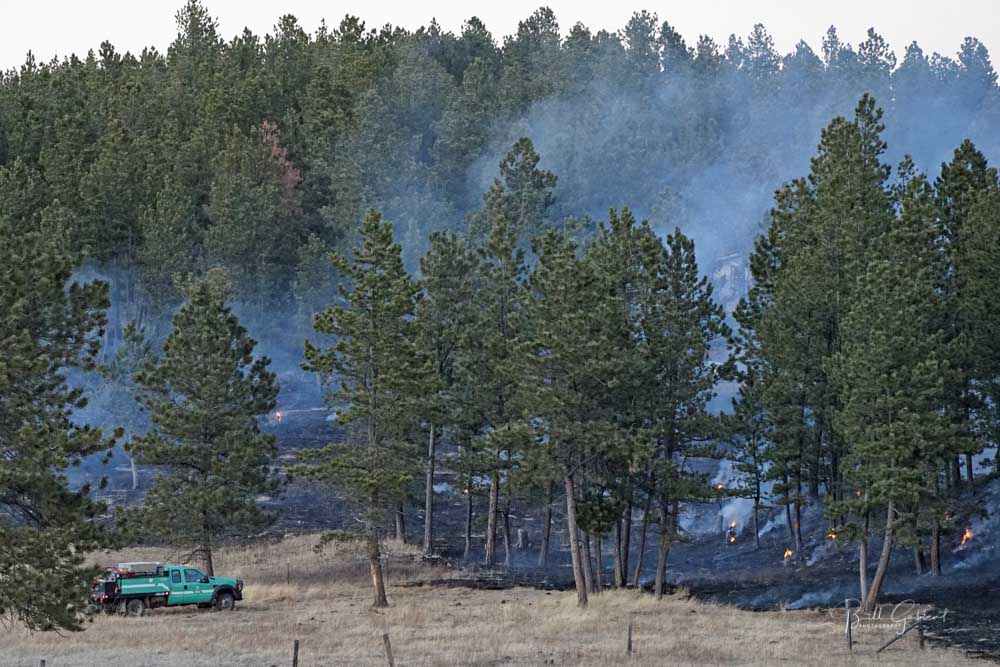
A skilled wildfire origin and cause investigator can look at burn and char patterns on vegetation and other objects and follow them to the location where the blaze first ignited. If they are lucky, that could lead to the discovery of the cause and other physical evidence which could help track down an arsonist.
Worcester Polytechnic Institute (WPI) researcher Albert Simeoni has been awarded $519,893 from the National Institute of Justice to evaluate the reliability of burn pattern indicators used by investigators to determine the starting point of wildfires.

Simeoni, professor and head of the Department of Fire Protection Engineering, will use a laboratory wind tunnel at WPI, field studies in a New Jersey forest, and data analysis to determine if scars on a landscape, ash deposits, and other indicators widely used by investigators reliably point to the place where a wildfire originates.
“Investigations are based on burn pattern indicators that have not been scientifically verified, and those investigations have consequences for the people who are impacted by fire, for government agencies, and for companies,” said Simeoni, who is principal investigator of the three-year project. “We want to be sure that investigations are done with the best tools available. We’re not reinventing tools with this study, but we’re looking at the reliability of the tools currently used.”
Wildfires burn millions of acres annually in the United States, causing extensive and costly damage to natural ecosystems, homes, and businesses. Simeoni, a former firefighter, has previously studied how wind impacts wildfires, and he has coordinated training for Greek firefighters combatting wildfires.
Finding the origin of a wildfire can help explain how it started and who might be responsible. Investigators typically examine the shape of burnt grass, the angle of char left behind, craters formed into rocks, marks on buildings, and other physical signs of damage to trace a fire across a landscape and back to its origin point.
Simeoni will study fire indicators in the field in collaboration with firefighters from the New Jersey Forest Fire Service, who manage controlled fires in the New Jersey pine barrens. Simeoni also will conduct studies in a 20-foot wind tunnel at WPI, burning pine needles and other materials under varying conditions such as wind speed, fire intensity, and moisture. Finally, he will compare results from field and lab studies with the results of investigations conducted into fires that burned under similar conditions.
Nicholas Skowronski, a research forester with the U.S. Forest Service, will be co-principal investigator of the project. The project is funded by the National Institute of Justice, which is the research arm of the U.S. Department of Justice.
The project could, Simeoni said, validate existing forensic tools and help fire investigators work more efficiently and with fewer errors. He plans to make the study’s results available to private and public fire investigators.
“Understanding where a wildfire starts can help determine how it started and who, if anyone, may be criminally or financially liable for damages,” Simeoni said. “As a researcher and scientist, I also know that understanding how fires start can help us determine how to prevent, manage, and stop them.”

